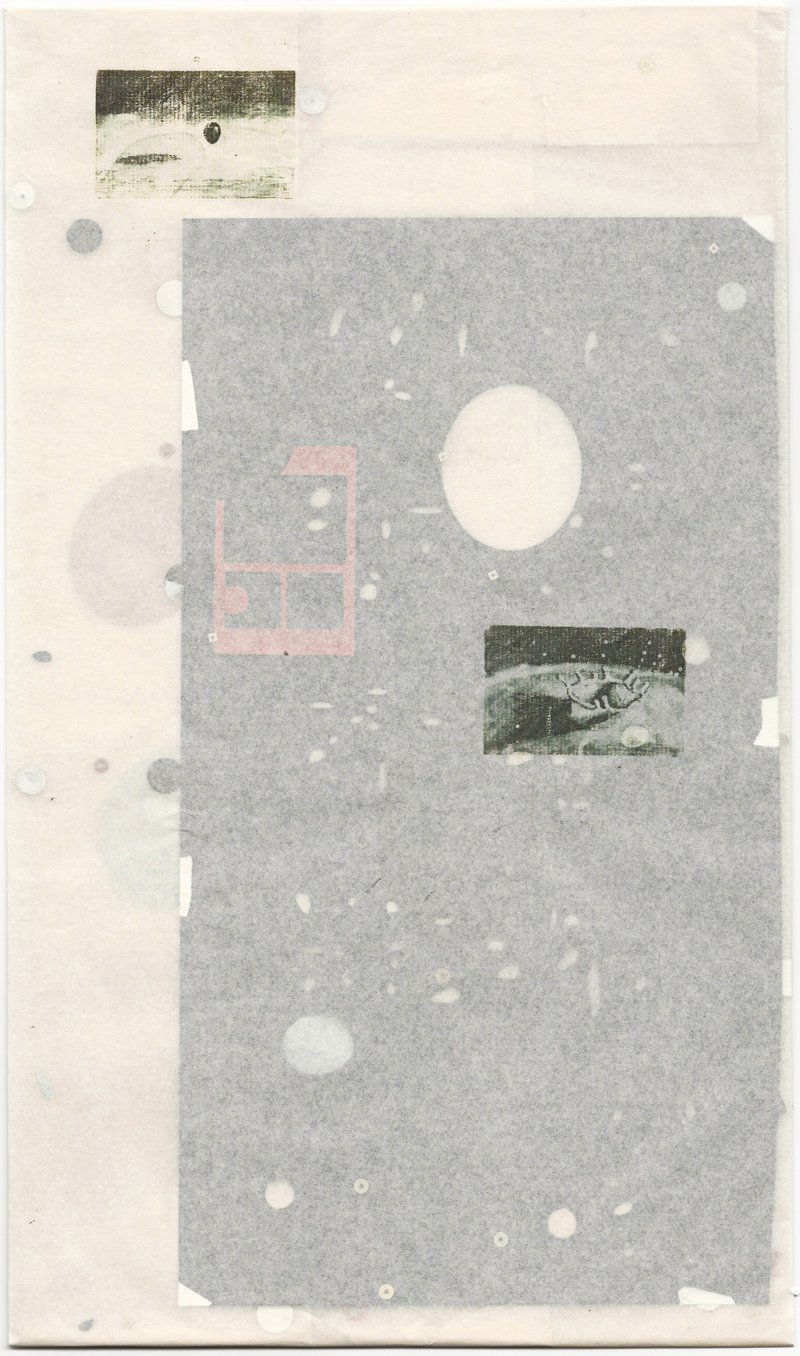
BA FINE ARTS
MA FINE ARTS
MAC MA CI
The Assembly of Writings
with Federico Nicolao
A collective exploration of the new relations between contemporary writing and artistic practice.

KILL Yr IDOLS
The 20th century invented youth. It has inspired the century in all matters, it has become its horizon. We move forward according to its tastes. Until the end of the World War II, youth was thus only rarely considered, as if in a transitory state, stuck in an awkward age. Then, all of a sudden, with the rise of pop culture, the market economy started to seduce it. A phenomenon that was long regarded as an embarrassing growth spurt ended up dominating the world.
The 21th century is nineteen, twenty years old. And youth still remains a mystery. One relishes to conceptualize and historicize it. One also knows that youth never stops to toss and turn. It exists in order to produce moments, ideas (immediately subjected to aging), new gestures, or which youth believes to be new? Amnesiacs are the content ones.
One must see how the history of youth has been sketched in the last century, as a straight line, or maybe in successive layers, strata, sedimentations. Less than a century has produced a tome of attitudes that describe each and every generation, the way they took possession of the cultural field, of trends, languages, postures and all theses signs that aim to destroy the next generation (in order to provide new space for the possible).
Invariants stand in the midst of all this nonetheless: the same doubts, rage, opposition, unease, fake arrogance, discoveries and the same gold. Politicized, or at least concerned, youth 2.0 is soaked in a yet to be analyzed opposition between the speed rate of its exchanges that it constantly develops further and a desire to tame late capitalism's irrevocable damages: the disintegration of the planet and its climate.
Outpacing capitalist realism might well have become the new horizon of a youth that was formed by its very capabilities of speed.
In this setup, what are the new postures, ideas, excesses and transformations that are – again and again – capable of inventing youth? How will the new emerge if we remain at the core of an exhausting recommencement ?
Philippe Azoury